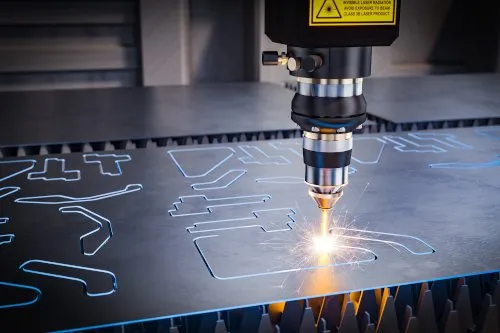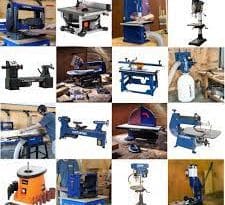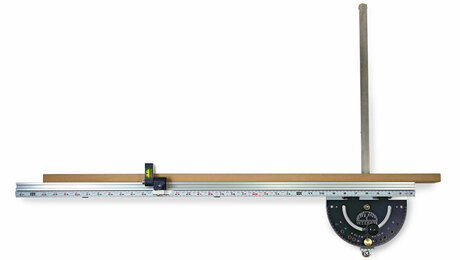Considerations When Buying A Wood Lathe, Woodturning Tools and Other Equipment
There is a huge assortment of woodturning tools used to shape wood and many styles of faceplates and chucks and all of their attachments that are used to attach the project to your lathe. So start small and cheap until you know where your interest lies. Woodturning generally starts as a hobby; as ability and desire develop sometimes it will move into some type of business.
General tool groups of cutting tools for the wood lathe are gouges, skew chisels, scrapers, and parting tools. Each of these tool groups is split into several sub-categories as in the gouges; there are detail gouges, spindle gouges, and bowl gouges and these are split again with different diameters and thicknesses of the individual tool. You can see it is very easy to acquire many different tools.
Not only do tools need to be kept sharp but they need to ground to angles that conform to the design of the tool. Most workshops will have an array of files, hones, whetstones, low-speed girders, high-speed grinders, and grinding wheels that run in water. Grinding wheels are made from aluminum oxide, silicon carbide, ceramic, diamond, and cubic boron nitride. The point of all this is to show the large variety of choices and to go slow when you begin; work into these tools slowly. The best way is to make a friend with an experienced woodturner.
Most grinders for wood lathe tools use various jigs to grind the compound angles, the bowl gouge can be very challenging without a jig to control the angles. As an example; the simple scraper should be sharpened at about a 30-degree angle, if the tool is sharpened at a greater angle it becomes grabby and will cause gouges in your work. Many woodturners will use tools straight from the grinder because the wire edge on a sharp tool will leave a very fine cut on the wood.
With all the lathes, tools, and grinders the quality of your project ends up with pieces of simple sandpaper. There is a variety of sandpaper made from different materials and coarseness. You can sand by hand, or use electric sanders or pneumatic sanders. Be sure and consider dust collection, sanding will fill a shop with dust very quickly.
Woodturning is a fascinating art and I do not write this article to turn anybody off, quite the contrary. I like to see other people take up woodturning; I only hope to make your journey quicker and smoother. Several woodturning projects with pictures show how to make them and there are also some tech tips, all on my blog.




